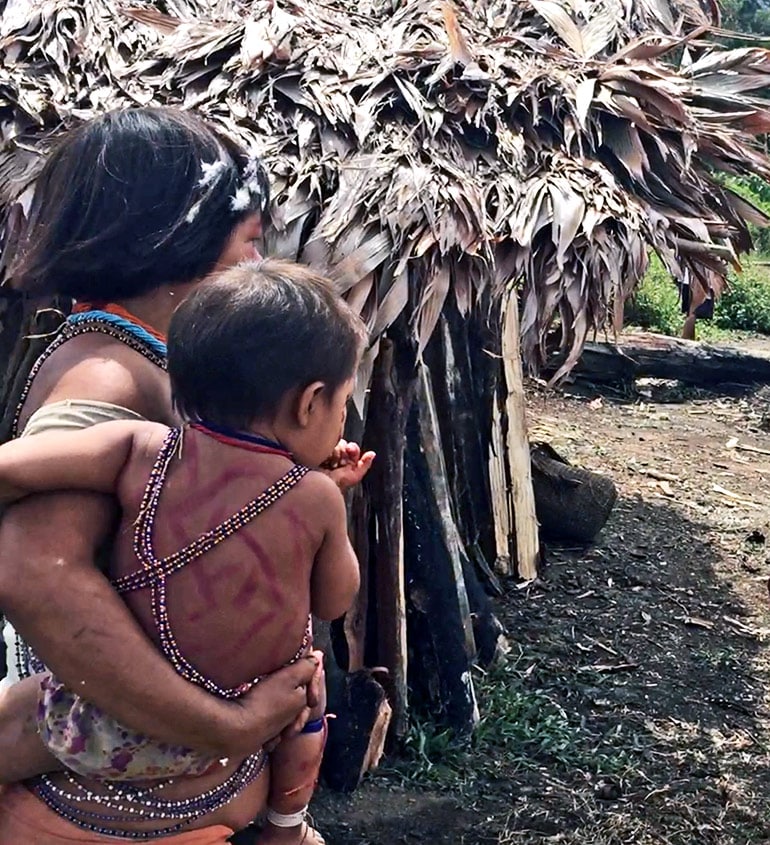City-dwelling kids who immersed themselves in a South American jungle and the high-fiber, unprocessed diet of local villagers had more diverse gut microbes than before they visited, new research suggests.
The findings could have benefits for people with obesity, type 1 diabetes, and other disorders.
Researchers followed seven city-dwelling adults and children who lived in a remote Venezuelan jungle village without electricity, soap, or other amenities for 16 days.
For the children, their microbiome—the beneficial germs in their intestines, skin, mouths, and noses—became more diverse, with higher proportions of helpful bacteria. A similar change did not occur in the adults who visited the rainforest.
“The findings suggest dietary interventions to encourage a more diverse microbiome may best succeed in children, while the microbiome of adults may be more resistant to change,” says senior researcher Maria Gloria Dominguez-Bello, a professor in Rutgers University–New Brunswick’s biochemistry and microbiology department of and anthropology department.

Dominguez-Bello found in previous studies that the human microbiome in urbanized, more modernized societies contains a far less diverse array of species than that of people living more traditional, pre-modern lifestyles in the Amazon jungle of Venezuela and Peru.
Dominguez-Bello studies the connection between the microbiome and human health and how early impacts on the microbiome may contribute to the rise of obesity, diabetes, and other conditions in developed countries.
The subjects of the new experiment stayed in a rainforest village in southern Venezuela near the border with Brazil. Their daily diet consisted of cassava, fish, a little meat, and a lot of fruit. They adopted the local circadian rhythm with eight hours of sleep and bathed in a river without soap.
Researchers swabbed the subjects’ skin, nostrils, mouths, and feces for microbe samples several times during the study, and compared them with samples from villagers. They found that the urban visitors began with a less diverse microbiome than that of the locals. Over the 16 days, the urban children—but not the adults—showed significant microbiome changes, though the health implications are uncertain.
Dominguez-Bello says more research is needed to better understand the “age window” at which the microbiome can change, and to separate the various factors—diet, day/night cycles, physiology, and others—that may affect these changes.
The study appears in the journal mSphere.
Source: Rutgers University



